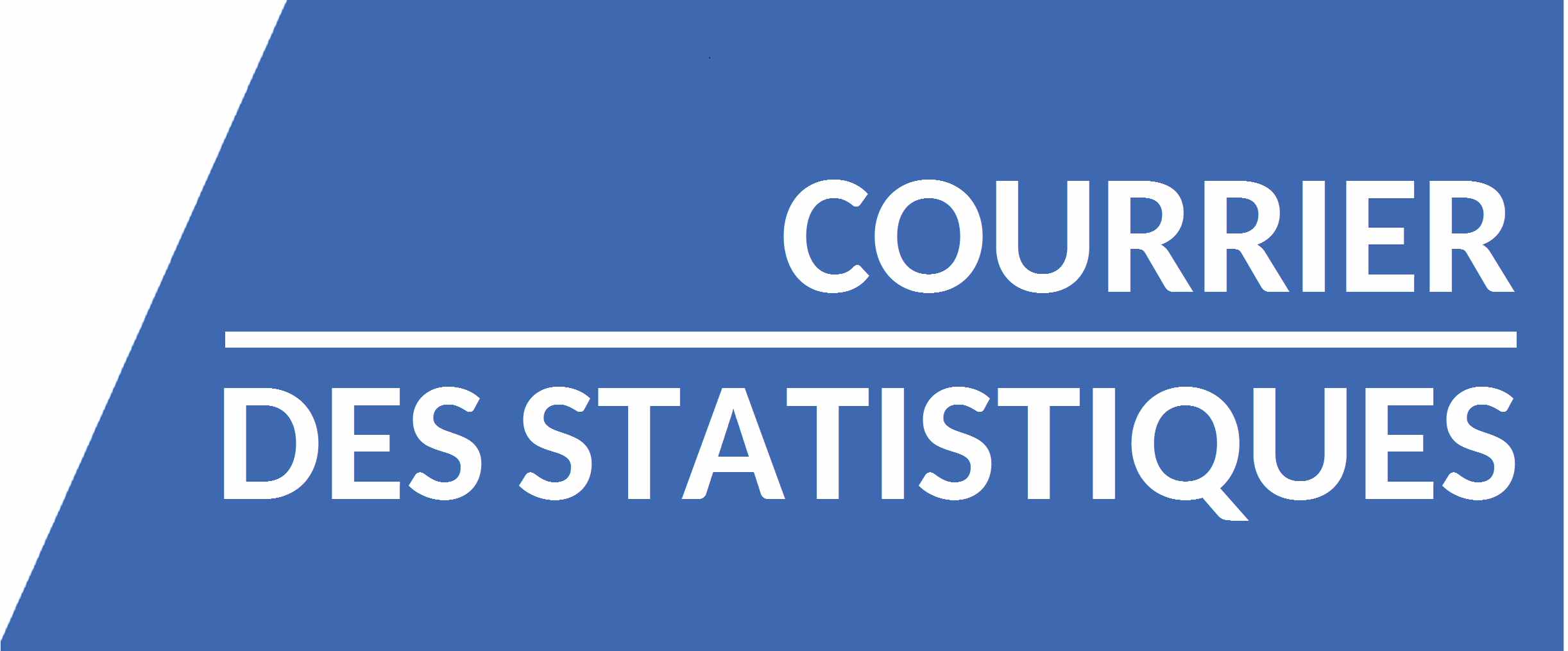 Courrier des statistiques N3 - 2019
Courrier des statistiques N3 - 2019
Birth of an Innovation in Statistical Production
Initially, INSEE aimed to collect the annual sectoral survey (ESA) on the Internet expecting improving its intrinsic quality and response rate. The decision on resources allocation led to merge the project with two others, and to build a common data collection platform for all businesses surveys of official statistics. A government request to simplify surveys forced INSEE to speed up the publication of ESA on the Internet. Both this requirement and the questionnaire complexity modified again the project and led to a first breakthrough innovation: the development of a questionnaire generator and the validation of the concept of active metadata. The project’s governance was also affected by the difficulty to choose a web collection platform adapted to household surveys. INSEE’s first «hackathon», at the initiative of the IT project management, resulted in a second breakthrough innovation: the development of common tools to automatically generate survey metadata according to an international standard and in an ergonomic manner. It provided building blocks for a real design workshop. This is a rare and successful example of how a project can be transformed and adapted to its environment. It also shows how an institution can reuse innovations even if they do not adopt the usual project management approach.
The article is available in French.
Paru le :22/06/2021


